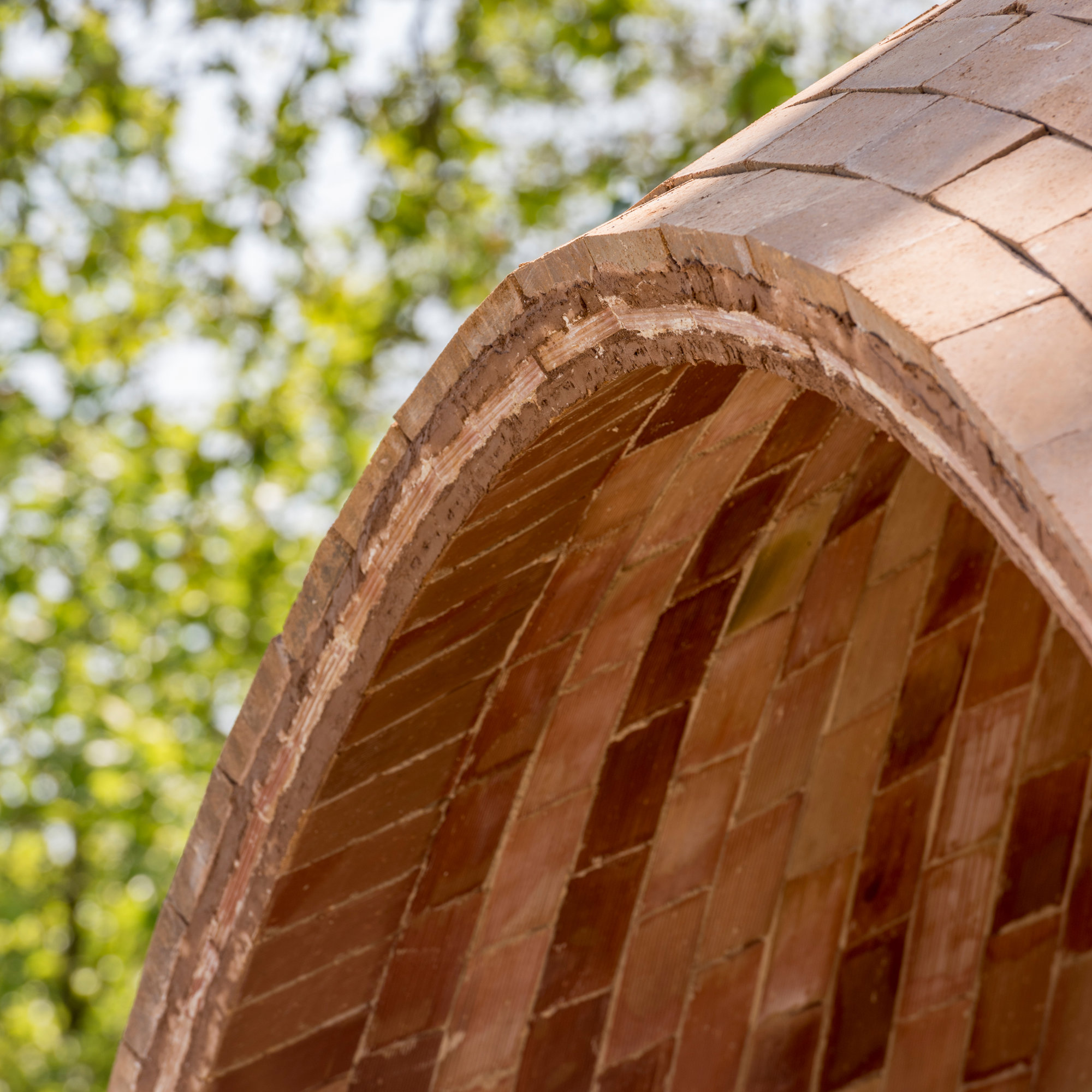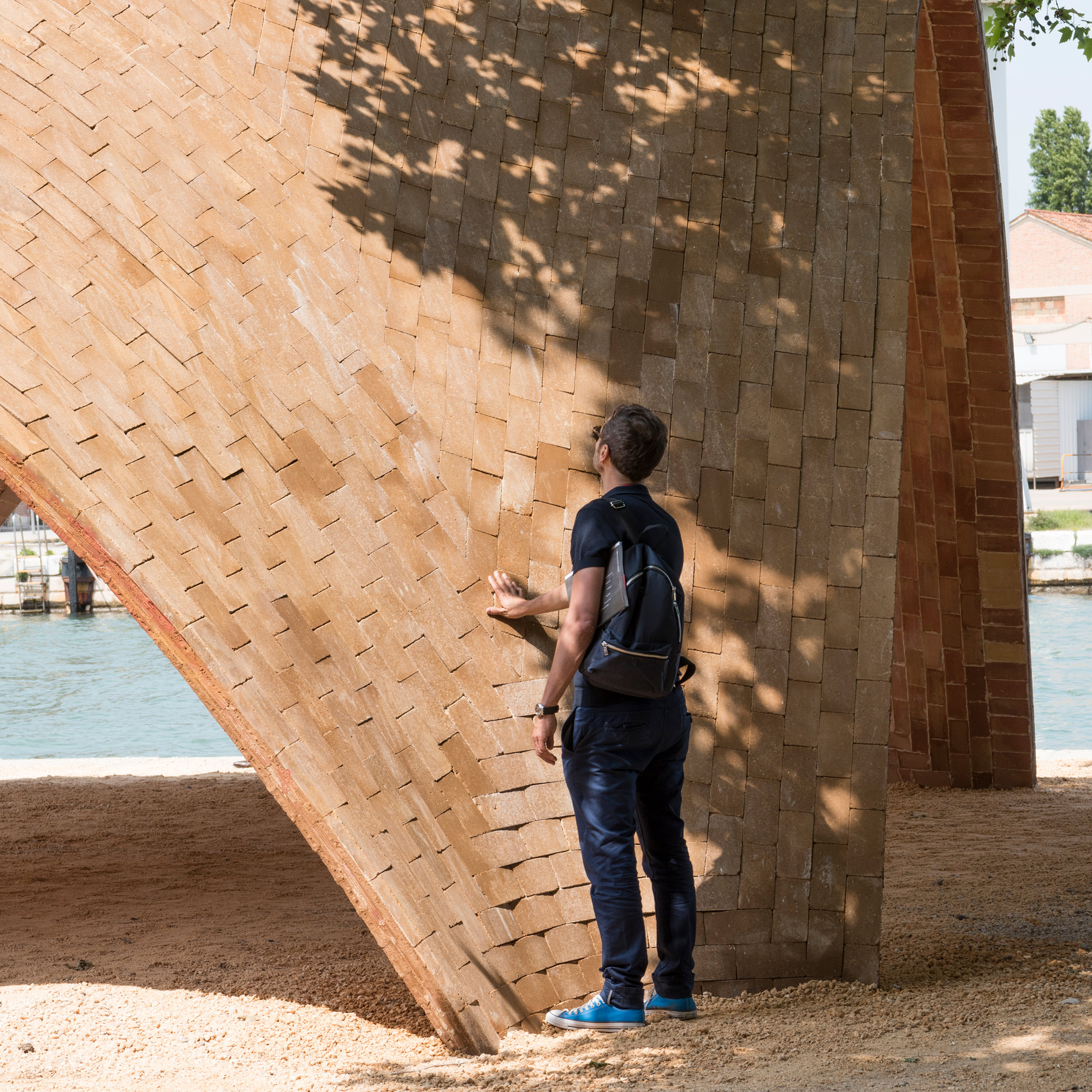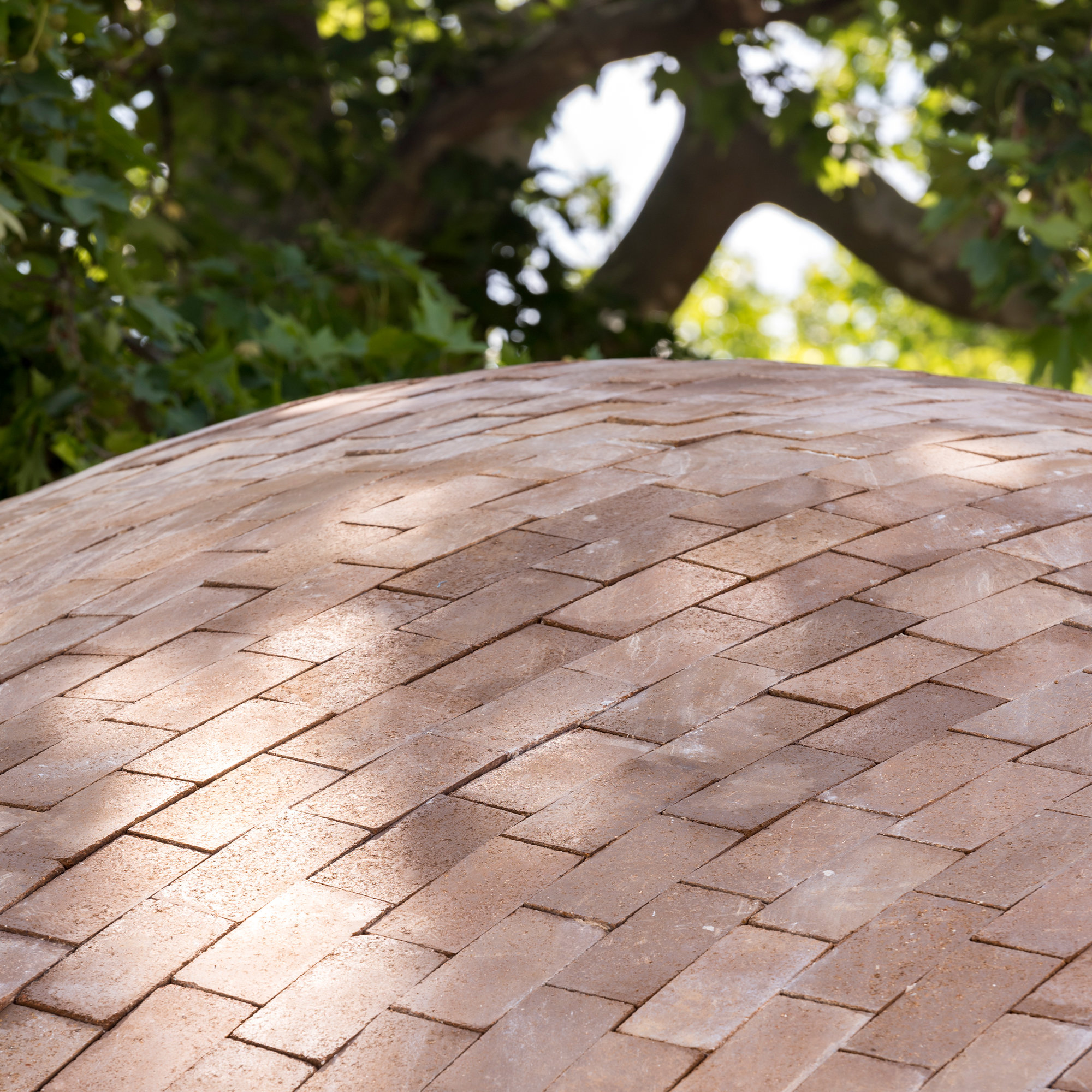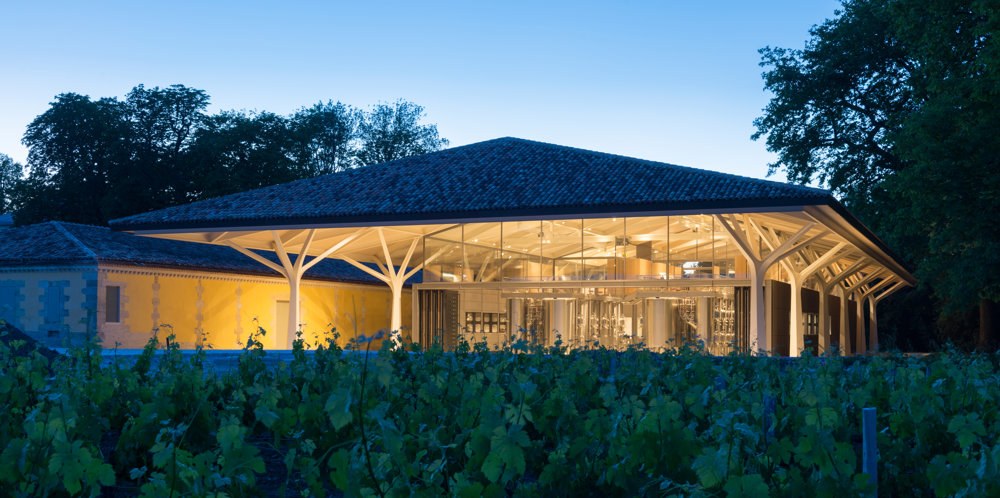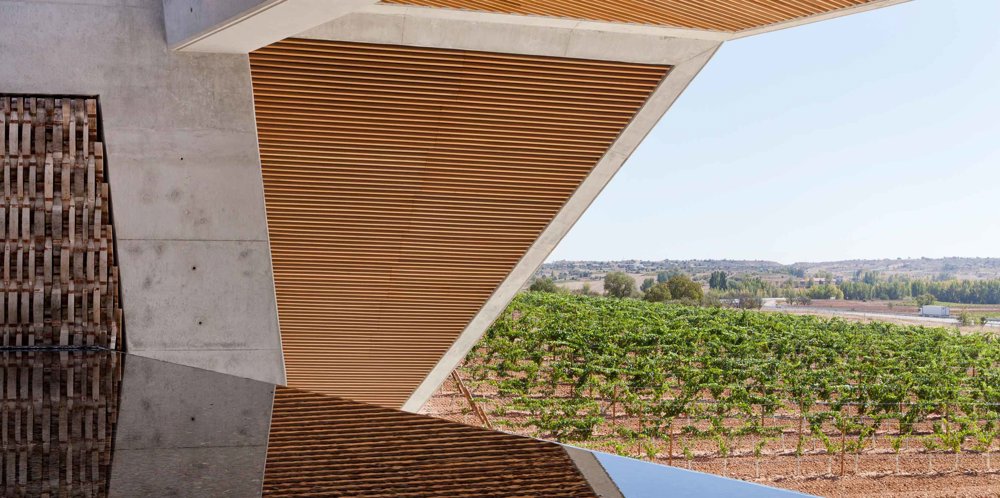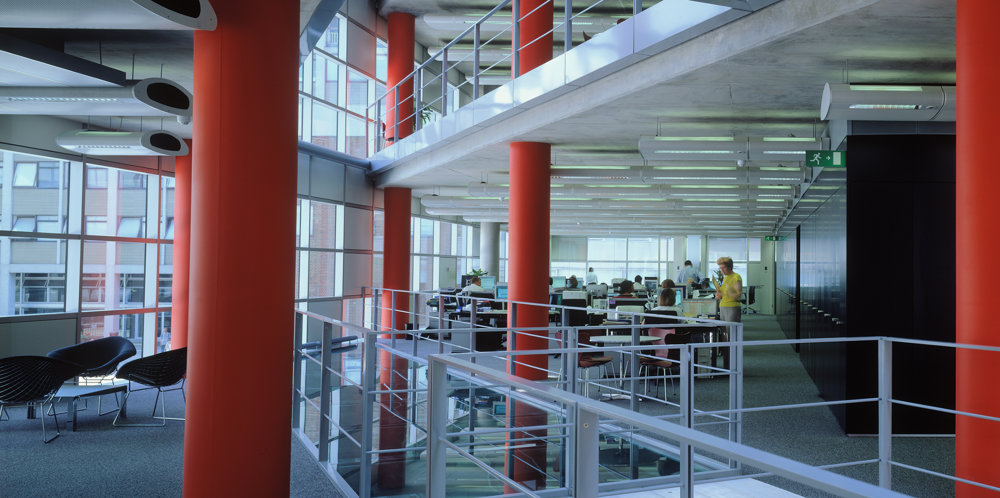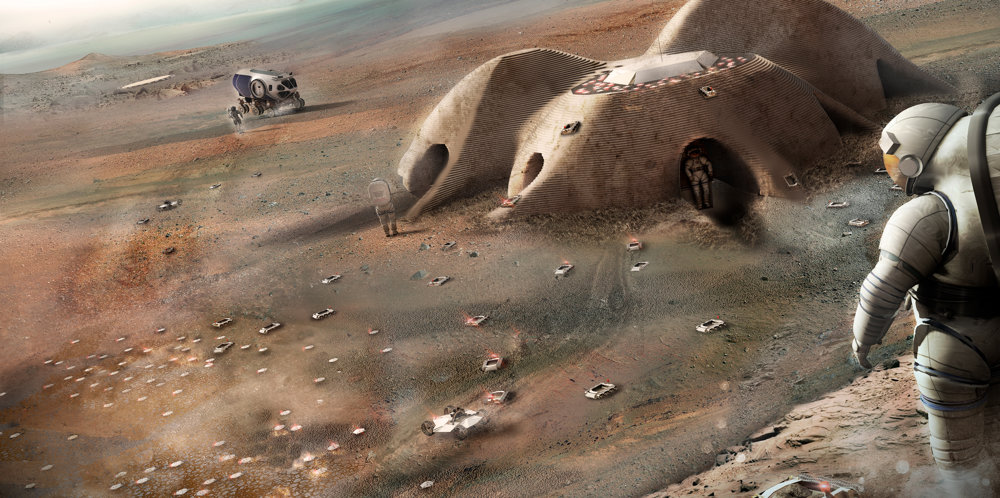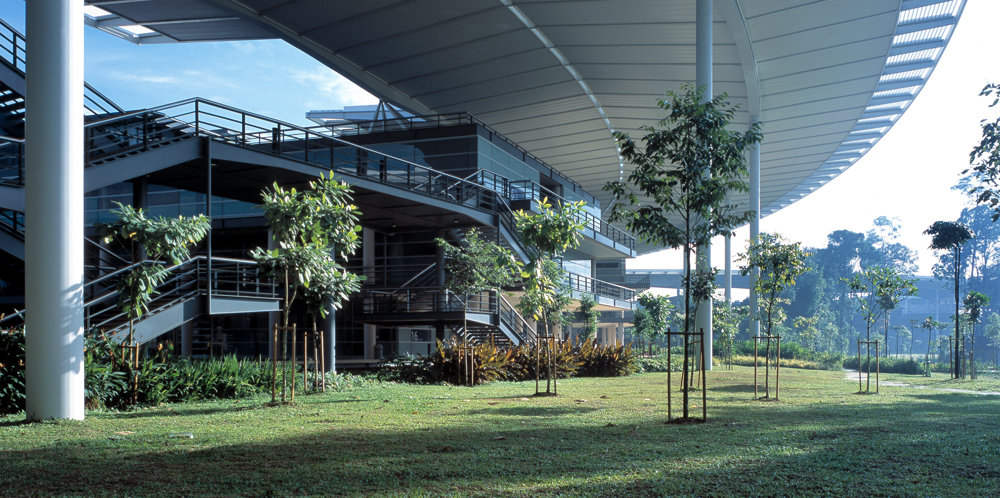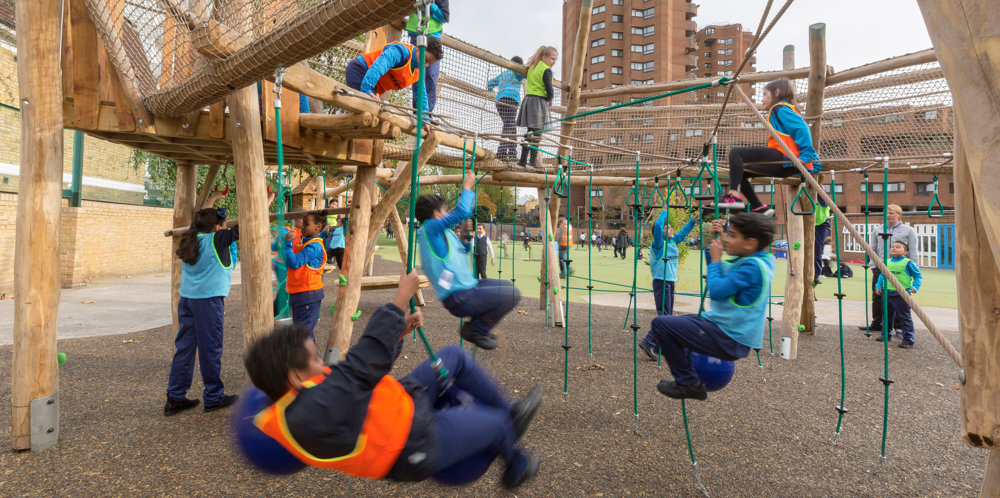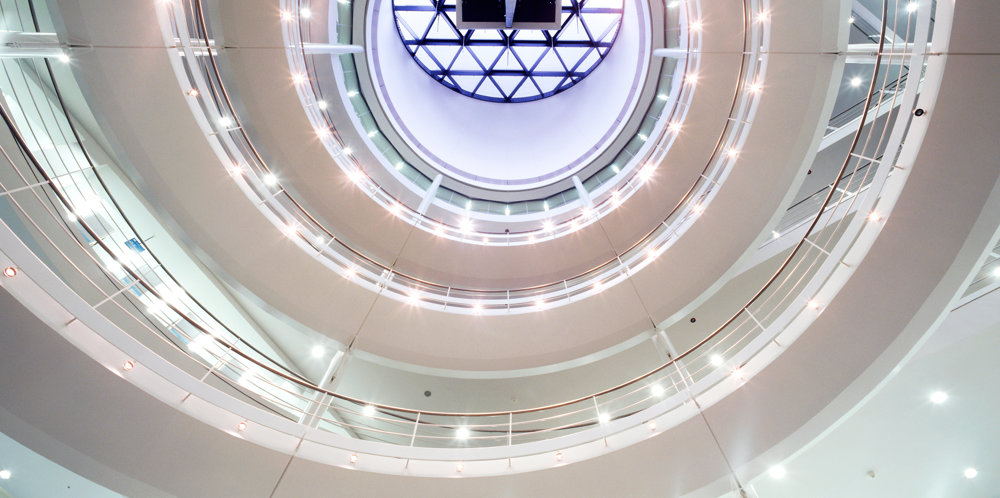In 2013, the World Bank identified Africa as the world’s poorest inhabited continent, with millions dying of preventable diseases. One of the main causes for the unavailability of blood and other medical supplies is the absence of road infrastructure through many parts of rural Africa. The skeletal road network covers just a fraction of the continent with just a third of Africans in rural areas living within two kilometres of an all-season road. In the coming decades, it would require unprecedented levels of investment for the road and rail infrastructure to match the population explosion that the continent faces.
The Droneport project explores the potential of an ‘infrastructural leap’ using cutting edge technology to surmount the challenges of the future. Drones can have utility wherever there is a lack of roads. They can transcend geographical barriers such as mountains, lakes, and unnavigable rivers without the need for large-scale physical infrastructure. The proposals for Droneports in Africa seek to support a network of drone routes capable of delivering urgent and precious supplies, particularly blood, to remote areas on a massive scale.
On the ground, the Droneport project offers a new typology for a building which we hope will grow into a ubiquitous presence, much like petrol stations have become dispersed infrastructure for road traffic. The proposal will have a strong civic presence, based on sharing and multiple uses. It allows for safe landing of quiet drones in a densely packed area, and includes a health clinic, a digital fabrication shop, a post and courier room, and an e-commerce trading hub, allowing it to become part of local community life.
Imagined as a ‘kit-of-parts’, where only the basic formwork and brick-press machinery is delivered to site, the raw materials for the Droneport, such as clay for bricks and boulders for the foundation, are locally sourced, reducing material transport costs and making it more sustainable. The central idea is to ‘do more with less’ and the vaulted brick structure with a minimal ground footprint, can easily be put together by the local communities. Multiple vaults can also link together to form flexible spaces based on demand and needs of the particular place, and the evolution of drone technology. The Droneports will also be manufacturing centres for drones, generating employment opportunities for the local population. By giving the local people the construction knowledge, the project seeks to leave a legacy that will initiate a change that is bigger than the building itself.
The project is an evolution of Foster + Partners’ previous experience in building airports, as well as earlier lunar building studies conducted in association with the European Space Agency. Just as the structures designed for the moon use a minimal inflatable framework and 3-D printed lunar soil, the Droneport uses local material and labour along with light formwork to create the emblematic forms that would eventually become a recognisable part of the African landscape.










